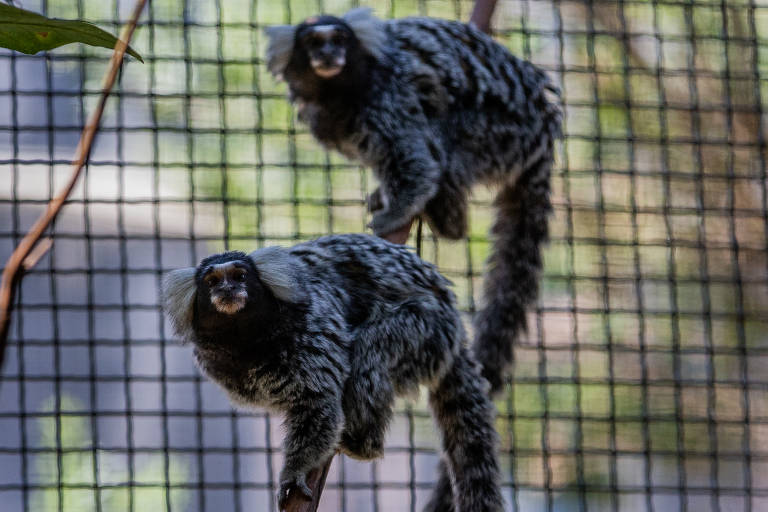Hundreds of scientists have joined forces to map the presence of invasive species of mammals in Latin America. The survey reached a list of almost 80 types of ecological “intruders,” whose presence brings different kinds of threats to native species, ranging from competition and predation to the spread of new diseases.
The research, published in the journal Ecology and coordinated by Brazilian researchers, is what experts call “data paper,” that is, an extensive database whose information will be available to the entire scientific community, in order to subsidize other studies on the theme in the future. The 74,000 records of invasive mammals spread across the continent include domestic animals and wild species transported by human action.
“An exotic domestic species, that is, one that does not belong to the place where it is inserted and is classified as invasive when raised freely. In this case, it can still receive human assistance, such as food and veterinary care, but it lives in a natural environment, where it causes trampling of soil and streams, such as cattle, or predation of native animals, such as dogs and cats ”, explained Clarissa Alves da Rosa, an ecologist at the National Institute for Research in the Amazon and first author of the study.
On the other hand, wild mammals transported away from their natural habitat are also an important part of the problem. Wild boars, of European origin, are well known for multiplying in the South and Southeast regions, but the study revealed that the group of animals with the largest number of species on the list of intruders (about 20) are primates, which includes several types of marmosets.
Translated by Kiratiana Freelon
